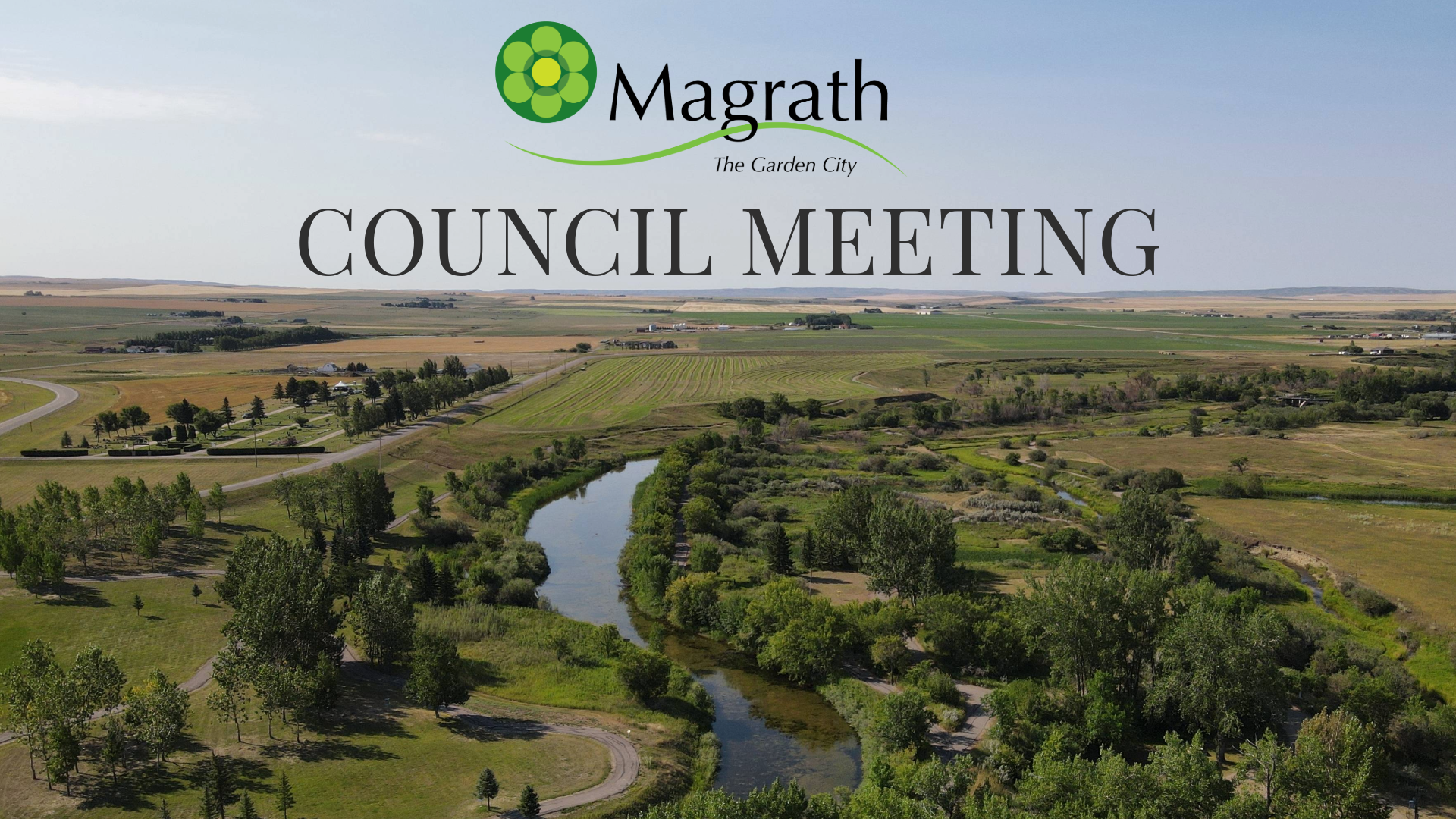UPDATED Potable Water Notice
James Suffredine • December 19, 2023
December 19, 2023
POTABLE WATER NOTICE
UPDATE
Lab results have been returned for water samples that were taken to investigate the earthy/musty taste occurring in the water for the past month. These results have indicated a presence of geosmin in the water. Geosmin is a harmless, but odorous naturally occurring bacteria. Geosmin is NOT the result of pollution or contamination of our source waters and is not a result of a failure of treatment processes. It occurs through a natural process.
Residents are again assured that the water supply undergoes daily routine monitoring and testing, as mandated by the Government of Alberta, and consistently adheres to all regulatory limits for water quality monitoring.
Frequently Asked Questions:









